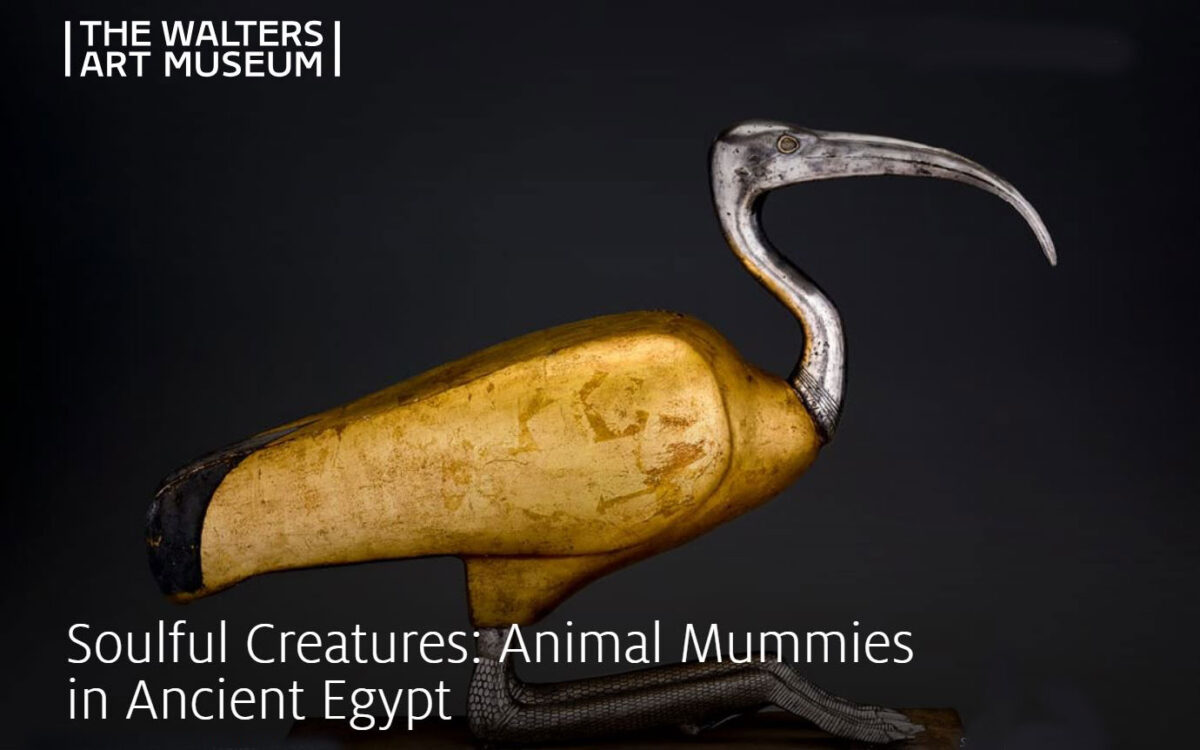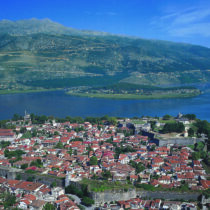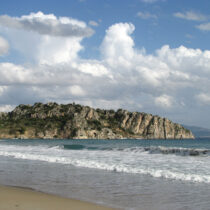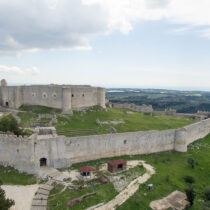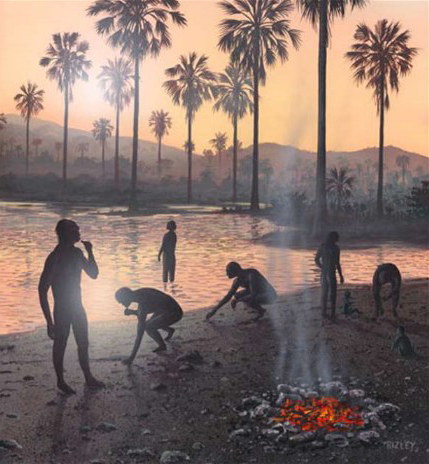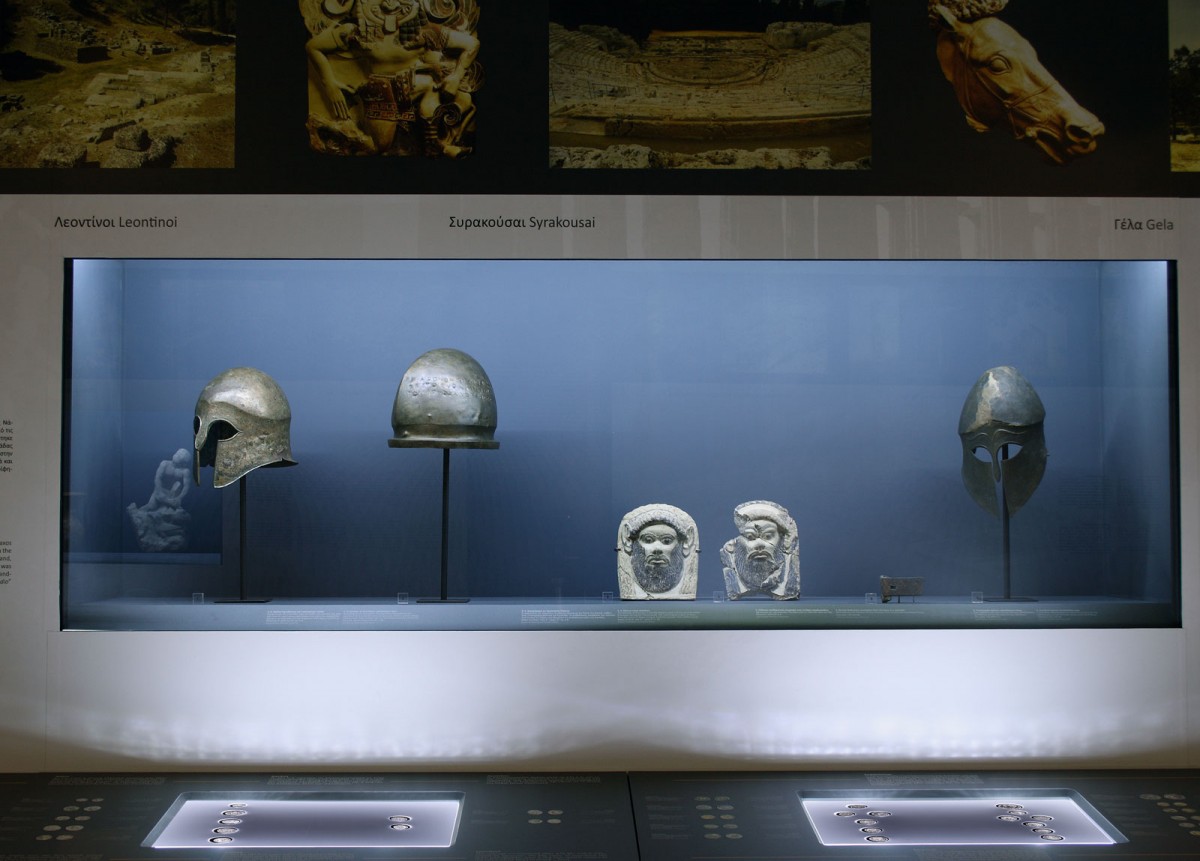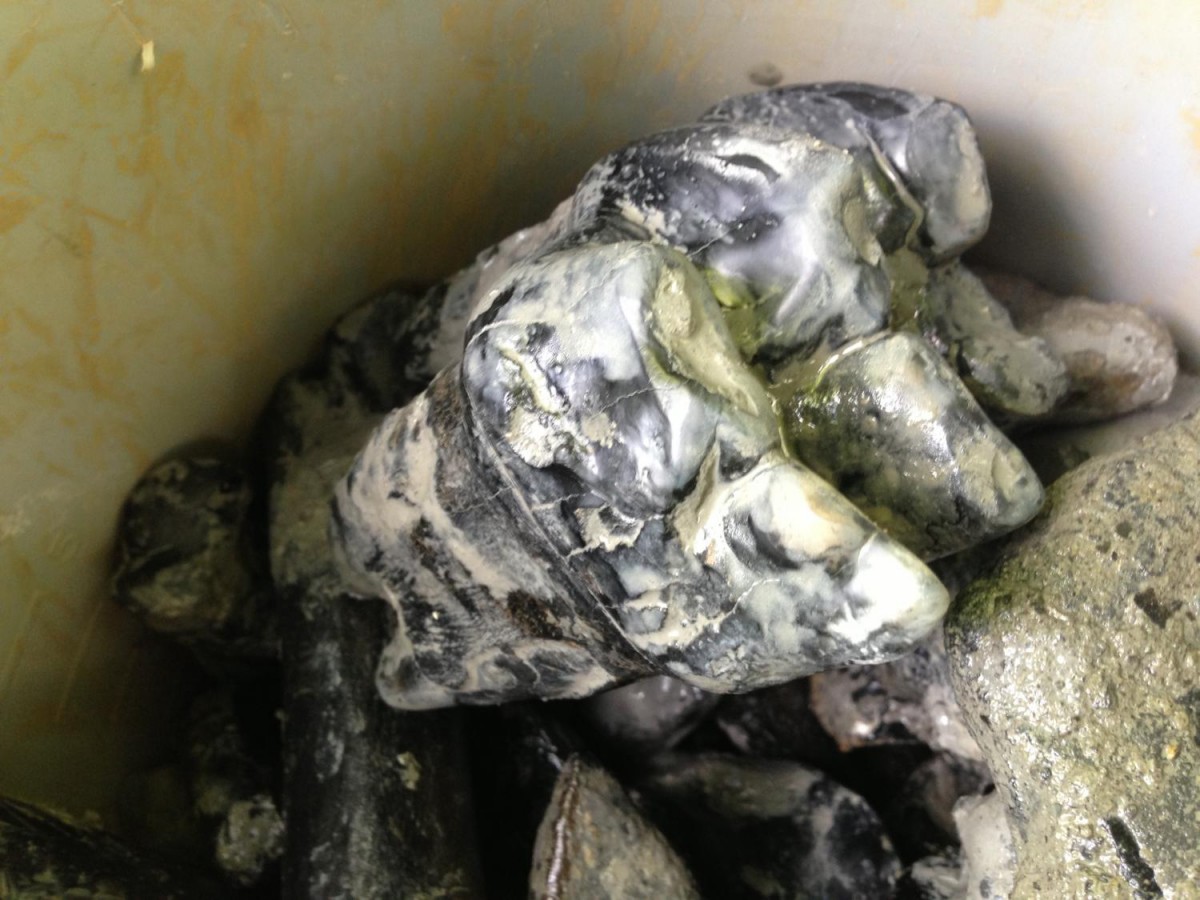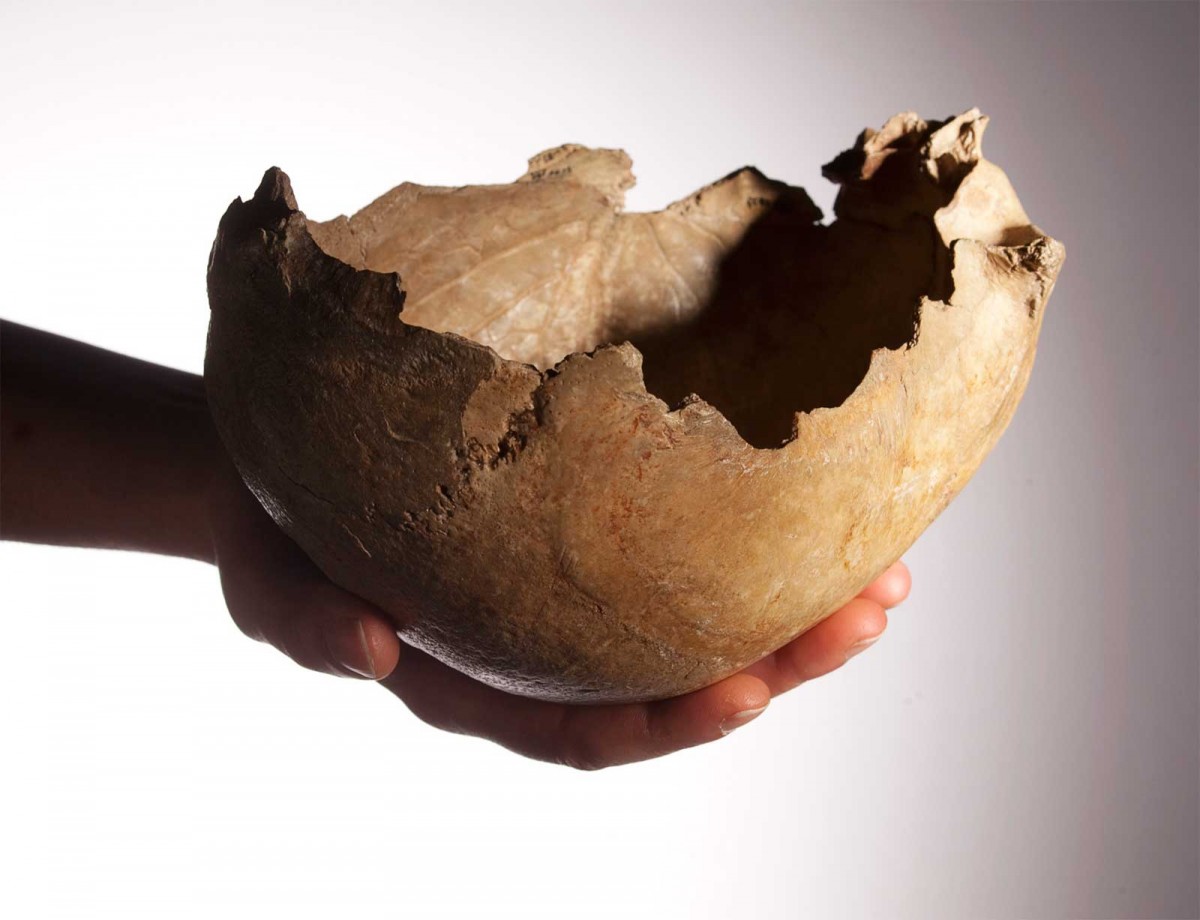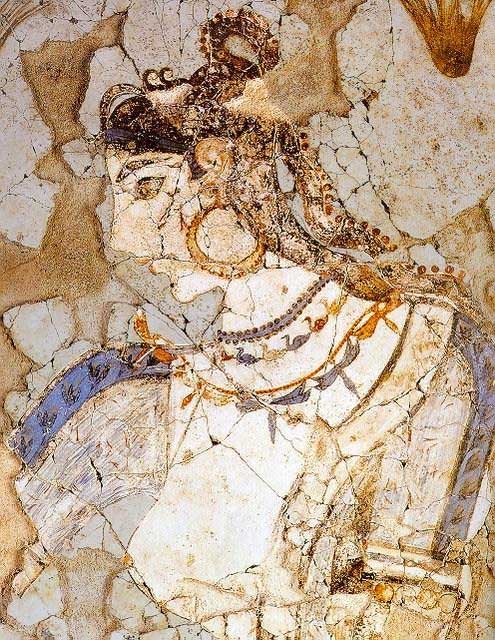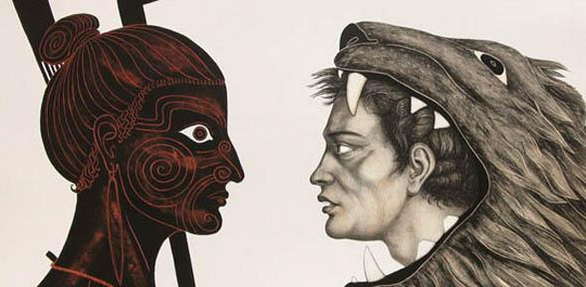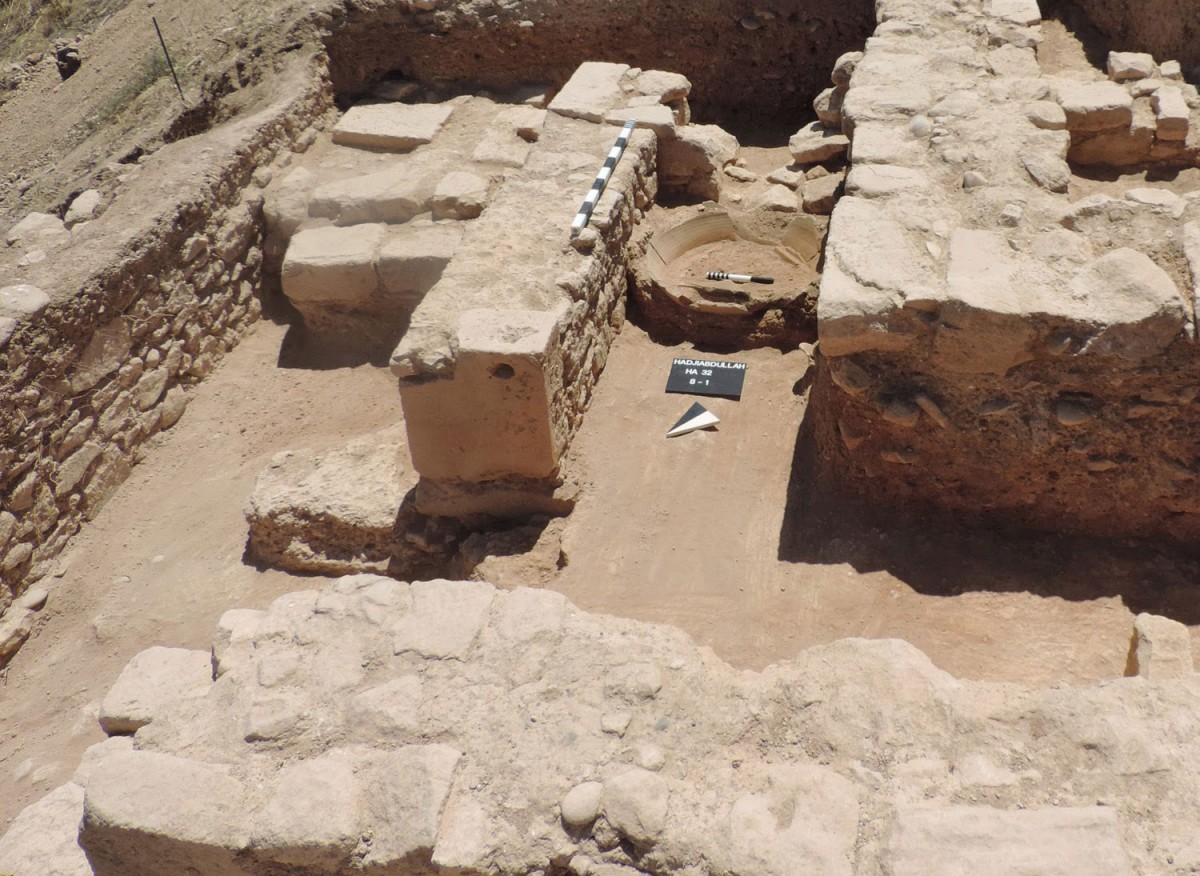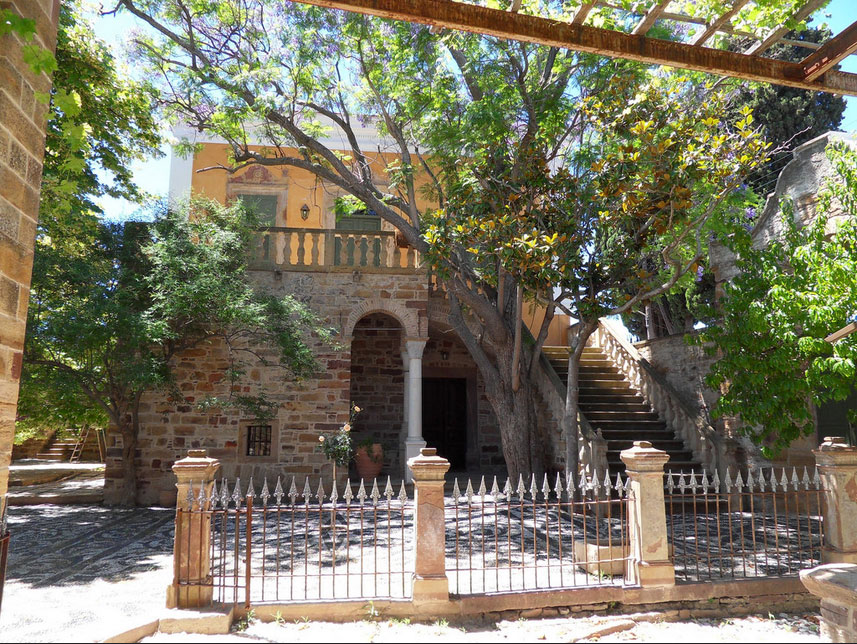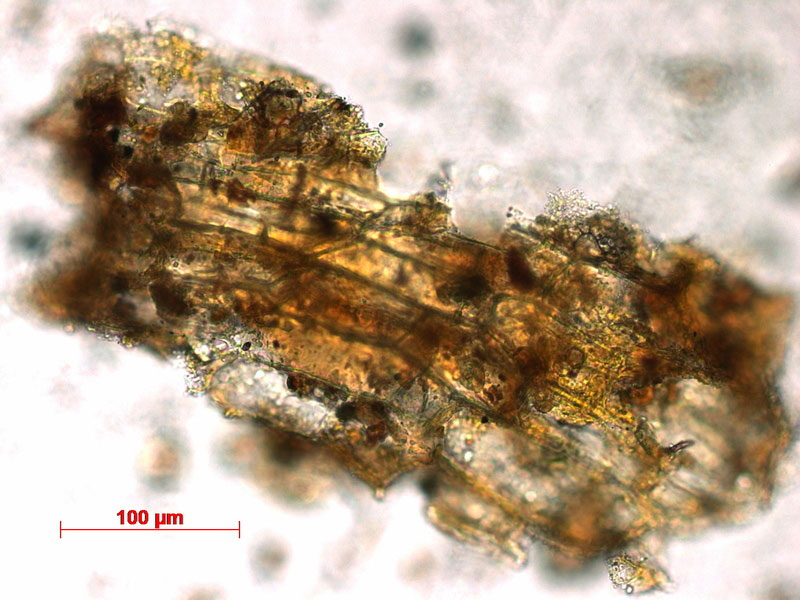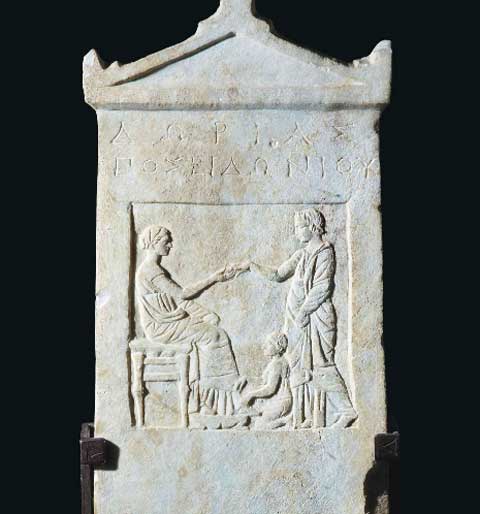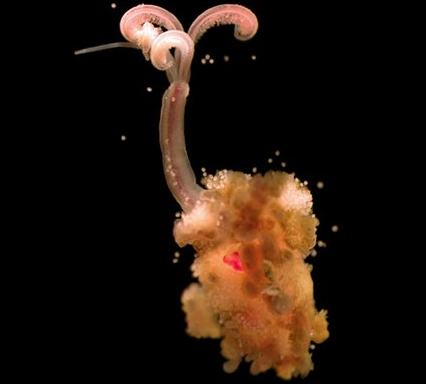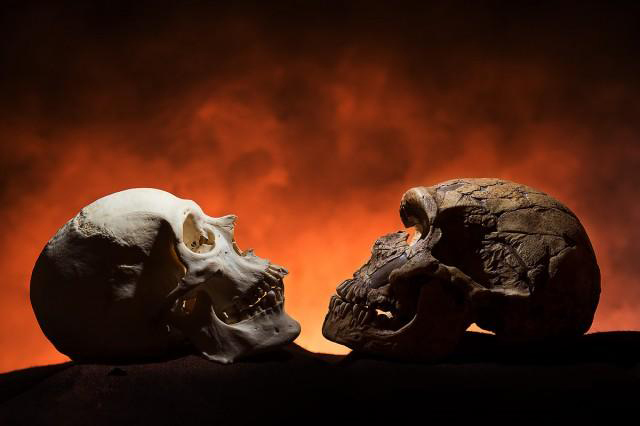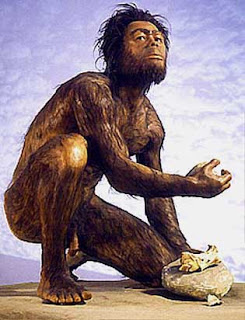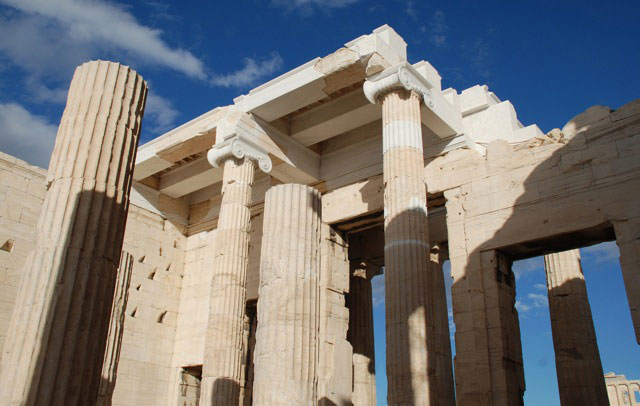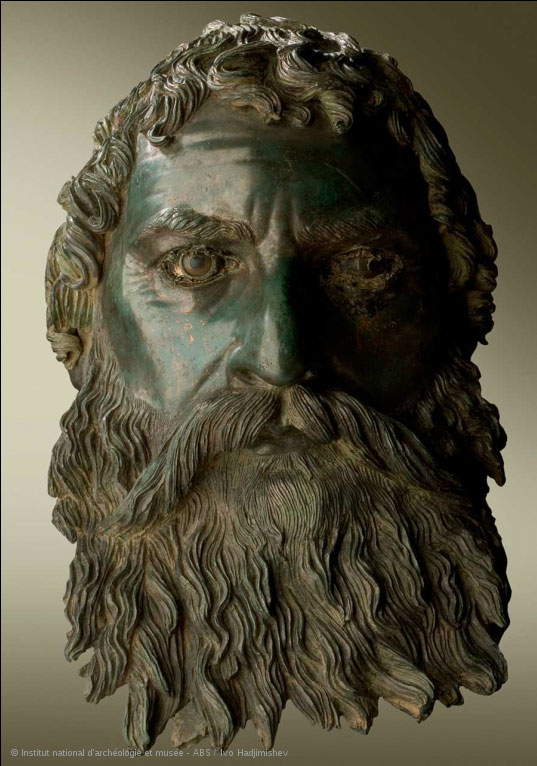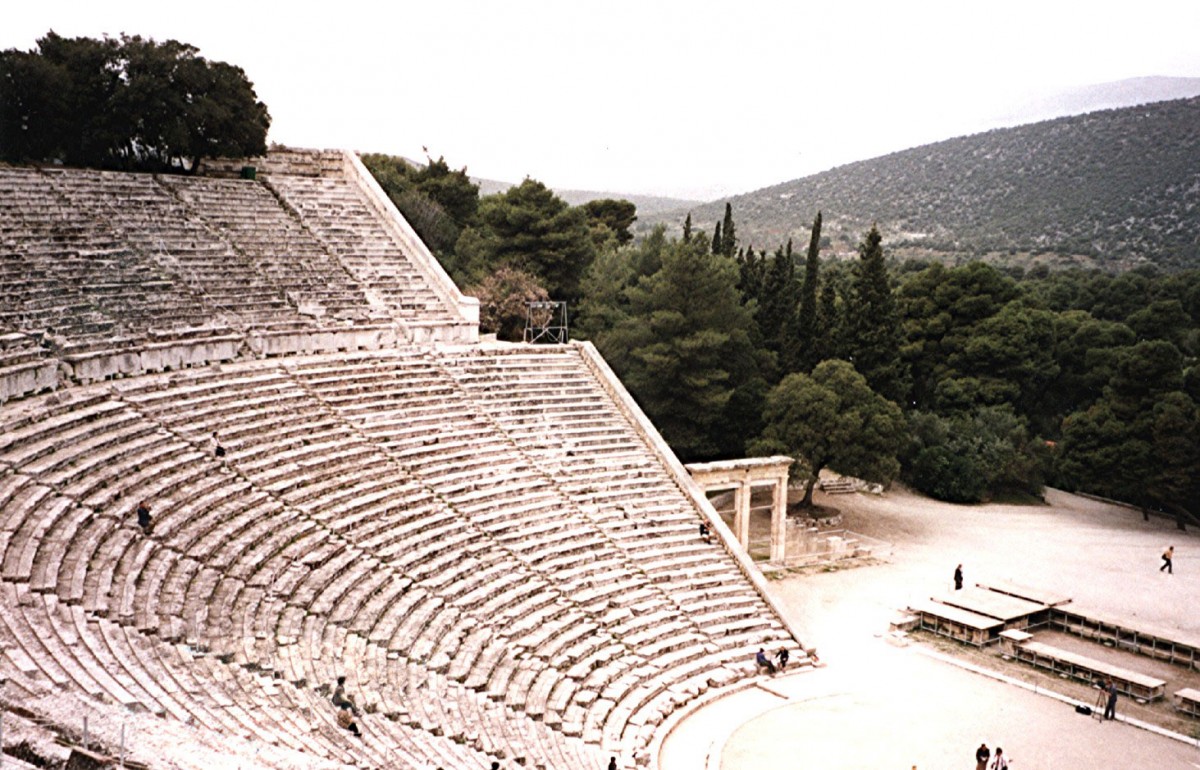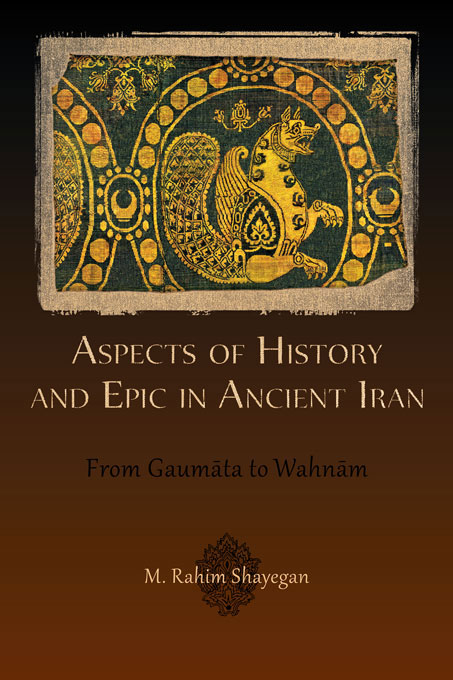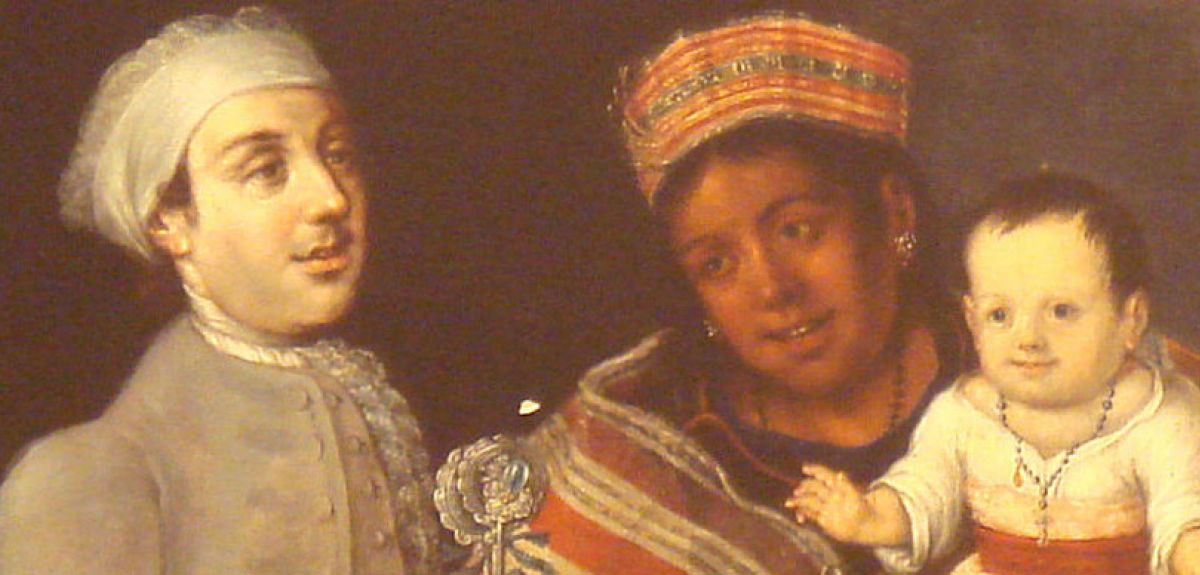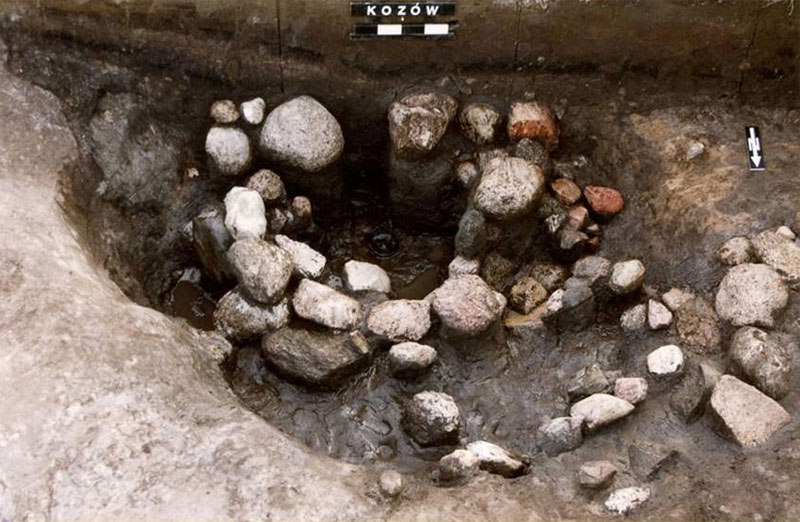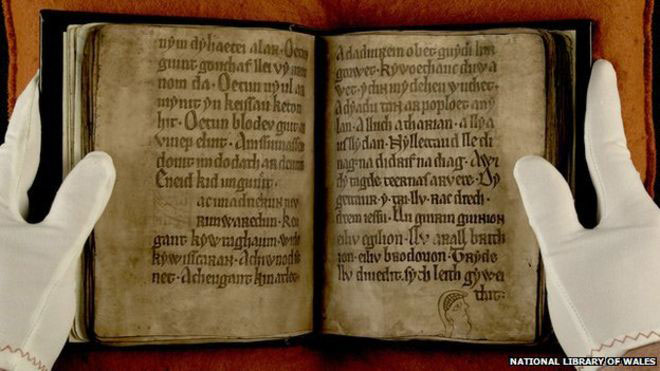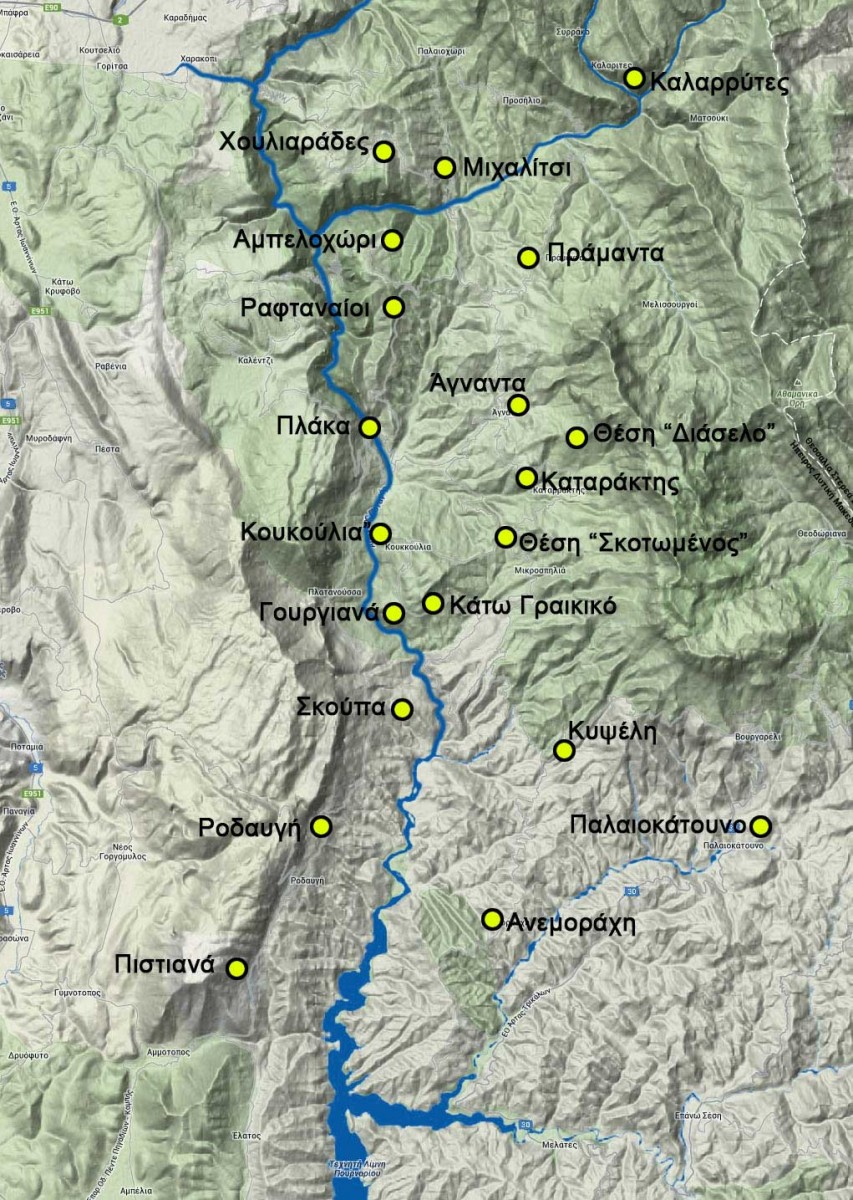Footprints give a glimpse into early human life
Dozens of 1.5-million-year-old human footprints in Kenya may be evidence of an early antelope hunt, offering a rare look at the lives of ancient humans.
The Kastri group evidence from Dhaskalio, Keros
In the context of the Cyclades Seminar series, archaeologist Dr Peggy Sotirakopoulou will address the topic "The Kastri group evidence from Dhaskalio, Keros and its implications for the late Early Bronze Age in the Cyclades".
“Europe of Greece” extended
Following its warm reception, the exhibition “The Europe of Greece: Colonies and coins from the Alpha Bank Collection”, is extended until Sunday, October 18, 2015.
Archaeological Research in the Middle Haliakmon Valley (Part 2)
History and data of the field surveys in the Middle Haliakmon valley, an area densely populated since the Early Neolithic.
How ancient species survived
Researchers at an old geological site talk 'dirt' about how Ice Age climate change led to the extinction of mammoths and mastodons, but to the evolution and survival of bison, deer and other present-day species.
Palaeolithic remains prove cannibalistic habits of human ancestors
Gough’s Cave in Somerset was thought to have given up all its secrets when excavations ended in 1992, yet research on human bones from the site has continued in the decades since.
Were Gods Meant to Entertain?
"Were Gods Meant to Entertain? Exploring Performativity, Theatricality and Entertainment in the Aegean Bronze Age Religion" is the title of the lecture to be given by Elene Balomenou.
Herakles – a hero for all ages
An exhibition that reimagines Greek hero Herakles as a 19th century colonist in New Zealand opens at the Museum of Classical Archaeology.
Free entry to monuments and sites of Cyprus
On the occasion of the International Day of Monuments and Sites, entry to 11 archaeological sites and ancient monuments of Cyprus will be free of charge.
The Antouaniko mansion wins Europa Nostra award
The Antouaniko mansion on the island of Chios is among the 2015 winners of the Cultural Heritage / Europa Nostra Awards.
Oldest evidence for the use of mushrooms as a food source
Analyses of old dental calculus show that humans consumed plant foods and mushrooms as early as the Upper Palaeolithic.
The ancient Chalkis stele was sold in London
A Greek marble funerary stele of the 4th c. BC was sold yesterday at a Christie’s lot for 135,000$. The Hellenic Ministry of Culture claims the stele had been taken from an ancient cemetery of Chalkis.
Whale-eating ‘zombie worms’ found at Cambridge University Museum
A species of bone-eating worm that was believed to have evolved in conjunction with whales has been dated back to prehistoric times when it fed on the carcasses of giant marine reptiles.
Why we have chins
University of Iowa researchers contend chin comes from evolution, not mechanical forces.
Complex cognition shaped the Stone Age hand axe
New study knocks another chip off theories that Stone Age hand axes are simple tools that don't involve higher-order executive function of the brain.
Semester Internship at the CHS
The Center for Hellenic Studies (CHS) seeks an intern to assist the Fellowships and Curricular Development.
The Architecture of the Propylaea
A concise chronicle of the Propylaea restoration project by Dr Tasos Tanoulas.
The Saga of the Thracian Kings
An exhibition exploring ancient Thrace by looking at various components of the Odrysian kingdom has just opened at the Louvre.
Minds on Stage: cognitive approaches to Greek tragedy
Conference due to take place in Leiden, on 15-16 April 2016. First call for papers.
Aspects of History and Epic in Ancient Iran: From Gaumāta to Wahnām
The Center for Hellenic Studies has announced the forthcoming online publication of Aspects of History and Epic in Ancient Iran: From Gaumāta to Wahnām, by M. Rahim Shayegan on the CHS website.
Complex genetic ancestry of Americans uncovered
By comparing the genes of current-day North and South Americans with African and European populations, a new study has found the genetic fingerprints of the slave trade and colonisation that shaped migrations to the Americas hundreds of years ago.
Scythian treasure from Witaszkowo: Archaeologists determine the precise location
Archaeologists finally succeed in locating find spot of Scythian treasure discovered over 130 years ago.
Ghosts from the past brought back to life
Νew research and imaging work discovered eerie faces and lines of verse which had previously been erased from history in one of UK’s most important medieval manuscripts.
The archaeology of Tzoumerka (Part 1)
Presentation of the study entitled “Archaeological interventions and research in the region of ancient Athamania and Byzantine Tzemernikon”.
